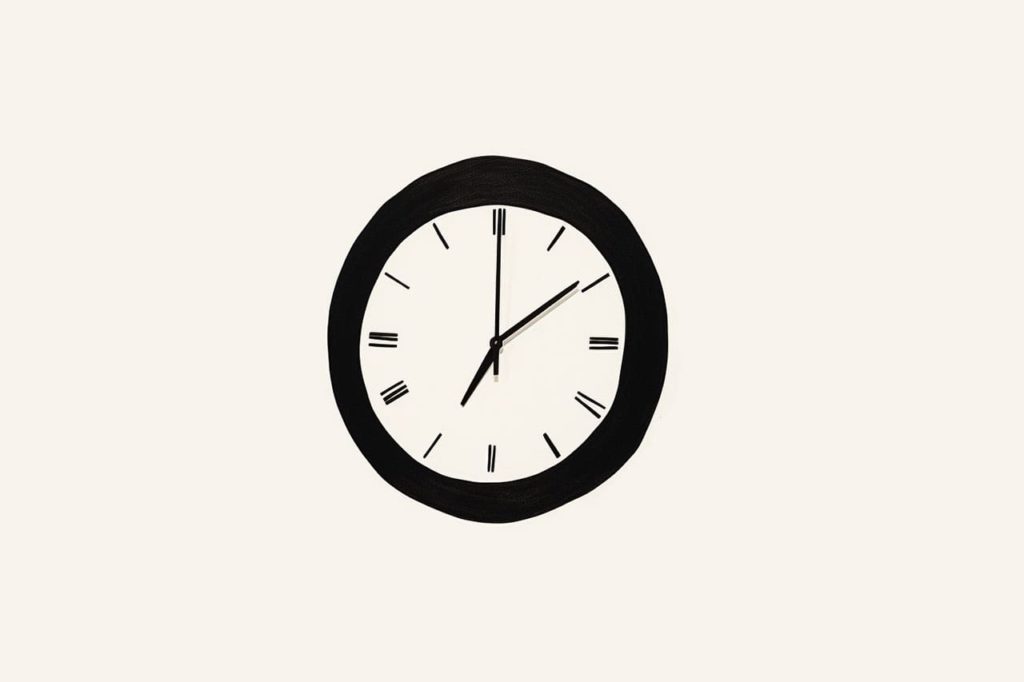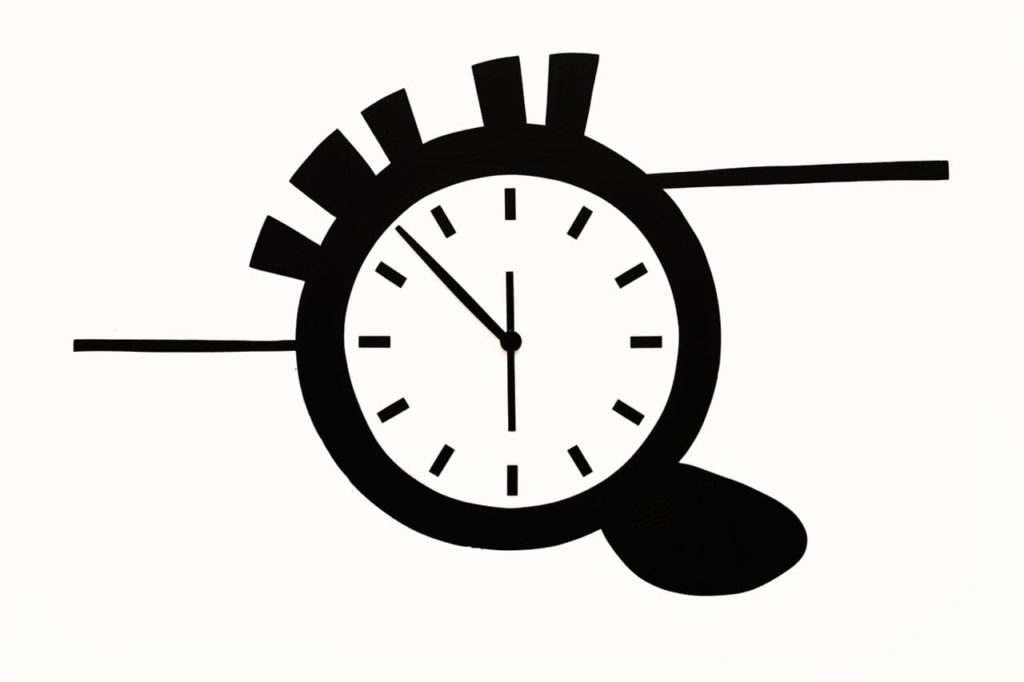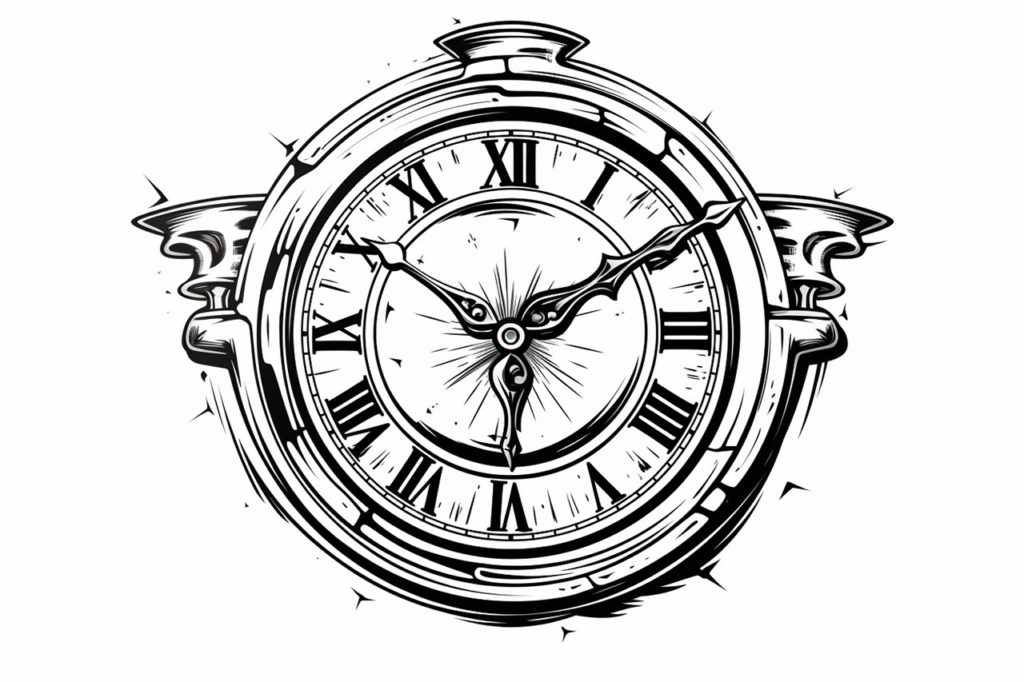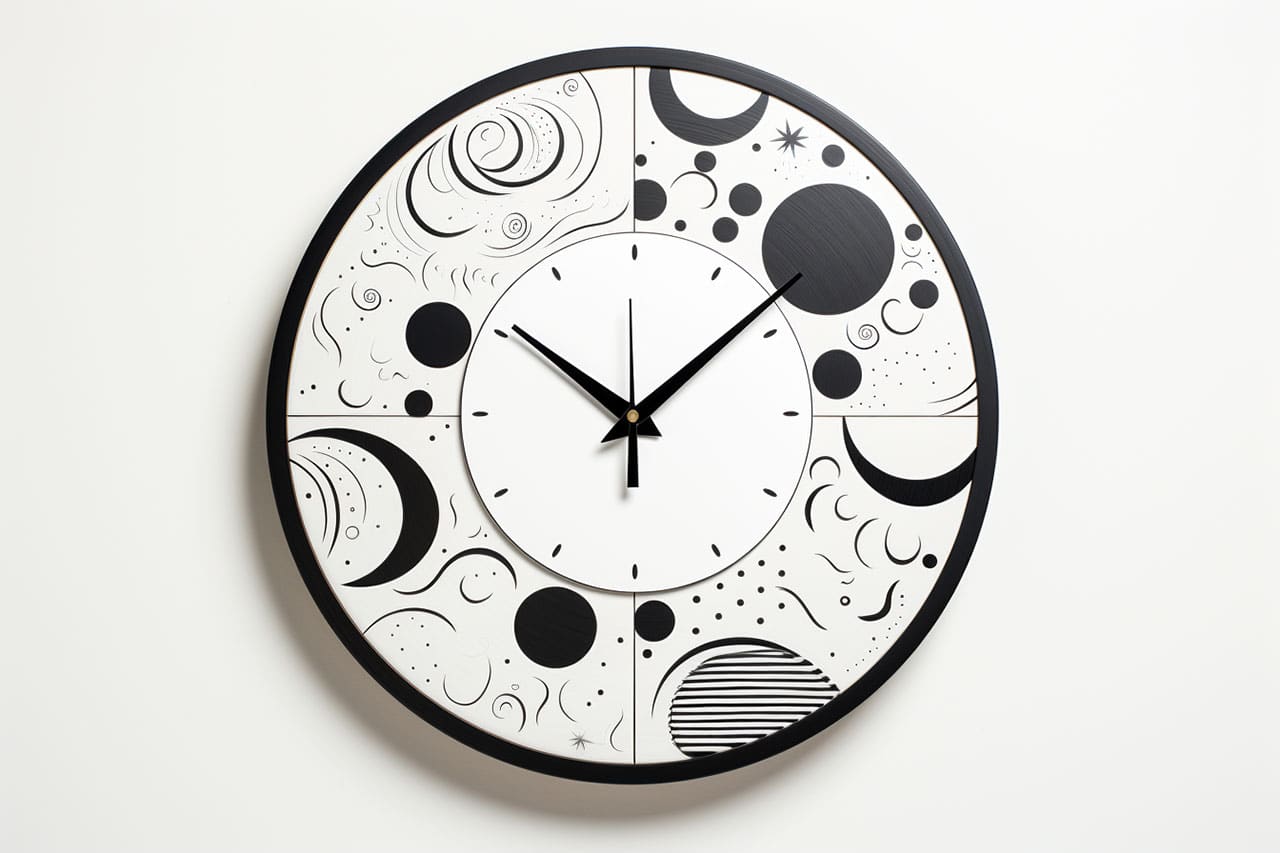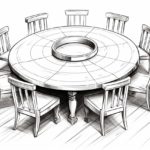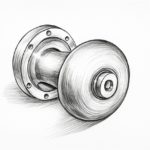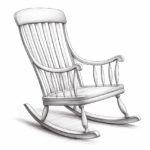Welcome to this step-by-step guide on how to draw a clock! Drawing a clock may seem like a complex task, but with a little practice and guidance, you can create a beautiful and accurate representation of a timepiece. In this article, we will walk through the process of drawing a clock, breaking it down into easy-to-follow steps. So grab your sketchbook and let’s get started!
Materials Required
Before we begin, make sure you have the following materials available:
- Pencil: A standard graphite pencil will work well for sketching and outlining.
- Eraser: A good quality eraser will help you make corrections and clean up your drawing.
- Paper: Choose a smooth drawing paper that can handle shading and detail work.
- Ruler: A straight ruler will be helpful for creating precise lines and measurements.
- Compass: A compass will be essential for drawing the circular shape of the clock face.
- Protractor: You may need a protractor to accurately measure and place the clock numbers.
Now that we have our materials ready, let’s dive into the step-by-step process of drawing a clock.
Step 1: Sketch the Clock Face Shape
Start by lightly sketching a circle on your paper using the compass. This circle will serve as the base shape for the clock face. Take your time to ensure the circle is smooth and well-proportioned.
Step 2: Divide the Circle into Hours
Using the protractor, divide the circle into twelve equal sections, like the numbers on a clock. Begin by placing a small dot at the top center of the circle, which will represent the 12 o’clock position. Then, measure and mark the remaining eleven positions, evenly spaced around the circumference of the circle.
Step 3: Outline the Clock Numbers
Using your pencil, lightly draw the clock numbers inside each of the twelve divisions. Start with the 12 at the top, then continue clockwise with the numbers 1 through 11. Take care to ensure that the size and positioning of the numbers are consistent.
Step 4: Add Hour and Minute Hands
Draw a small line extending from the center of the clock face towards the 12 o’clock position. This will be the hour hand. Next, draw a longer line extending from the center towards the current minute position on the clock. This longer line represents the minute hand. Make sure the hands are proportional and aligned correctly.
Step 5: Create Hour Markers
To indicate the hours between the main clock numbers, draw shorter lines or dots along the circumference of the clock face. These markers will help to give a more accurate representation of the time. Space them evenly between the main numbers.
Step 6: Shade the Clock Face
Add shading to your clock face to give it depth and dimension. Use light, gentle strokes to darken the area around the clock numbers and hour markers. Gradually build up the shading, keeping the center of the clock face slightly lighter than the outer edges.
Step 7: Finalize the Hour and Minute Hands
Using your pencil, refine the hour and minute hands of the clock. Make them slightly thicker at the base and gradually taper towards the ends. Add any additional details, such as an arrowhead at the end of the minute hand or a decorative design on the hour hand.
Conclusion
Congratulations! You have successfully learned how to draw a clock step by step. Remember, the key to achieving a realistic clock drawing is patience and attention to detail. Take your time with each step and practice regularly to improve your skills. With practice, you will be able to draw clocks with precision and confidence. Happy drawing!
Gallery of Clock Drawings
